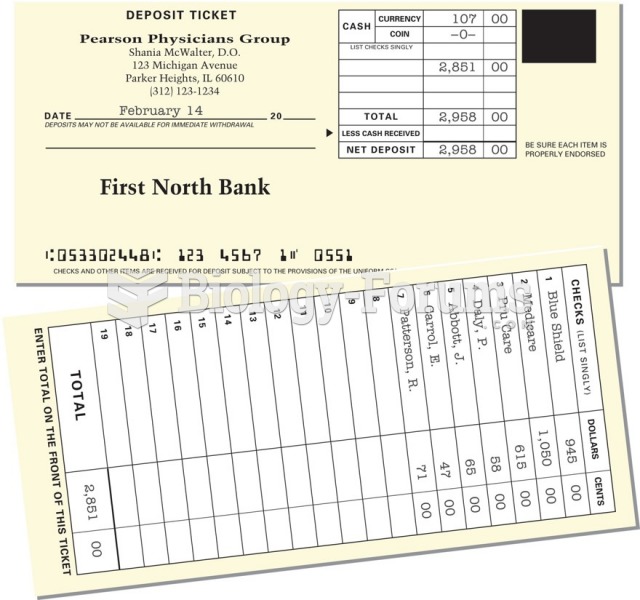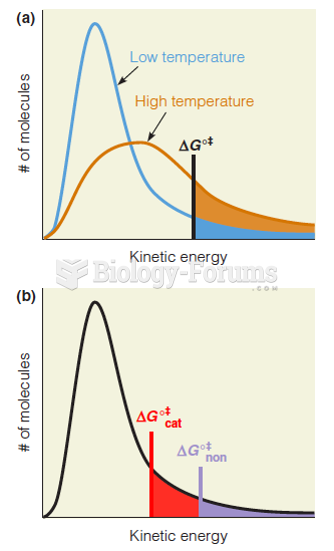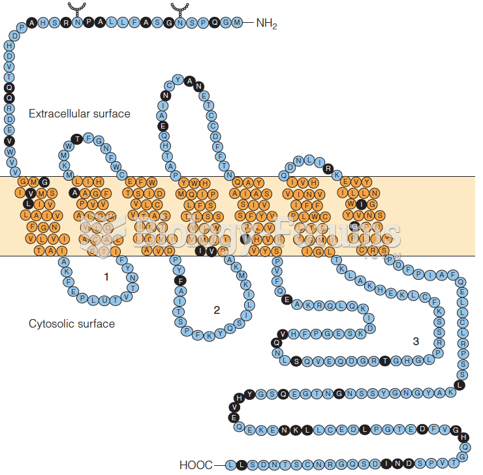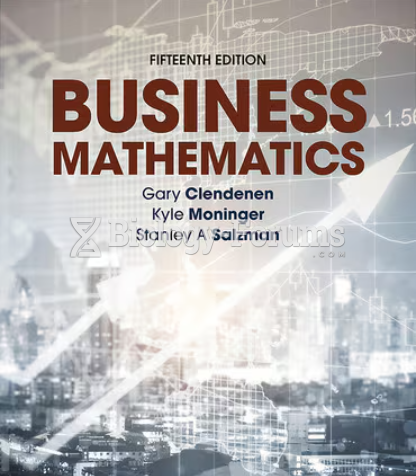Answer to Question 1
B
Answer to Question 2
1. Solution Exhibit 8- 23 shows the computations. Summary details are:
Actual Flexible Budget
Output units 65,500 65,500
Allocation base (machine-hours) 76,400 78,600a
Allocation base per output unit 1.17b 1.2
Variable MOH 618,840 628,800c
Variable MOH per hour 8.92d 8.00
Fixed MOH 145,790 144,000
Fixed MOH per hour 1.91e
a 65,500 1.2 = 78,600 d 618,840 76,400 = 8.10
b 76,400 65,500 = 1.17 e 145,790 76,400 = 1.91
c 65,500 1.2 8 = 628,800
An overview of the 4-variance analysis is:
4-Variance
Analysis Spending
Variance Efficiency
Variance Production-Volume Variance
Variable
Manufacturing
Overhead
7,640 U
17,600 F
Never a variance
Fixed
Manufacturing
Overhead
1,790 U
Never a variance
13,200 F
2. Variable Manufacturing Overhead Control 618,840
Accounts Payable Control and other accounts 618,840
Work-in-Process Control 628,800
Variable Manufacturing Overhead Allocated 628,800
Variable Manufacturing Overhead Allocated 628,800
Variable Manufacturing Overhead Spending Variance 7,640
Variable Manufacturing Overhead Efficiency Variance 17,600
Variable Manufacturing Overhead Control 618,840
Fixed Manufacturing Overhead Control 145,790
Wages Payable Control, Accumulated
Depreciation Control, etc. 145,790
Work-in-Process Control 157,200
Fixed Manufacturing Overhead Allocated 157,200
Fixed Manufacturing Overhead Allocated 157,200
Fixed Manufacturing Overhead Spending Variance 1,790
Fixed Manufacturing Overhead Production-Volume Variance 13,200
Fixed Manufacturing Overhead Control 145,790
3. The control of variable manufacturing overhead requires the identification of the cost drivers for such items as energy, supplies, and repairs. Control often entails monitoring nonfinancial measures that affect each cost item, one by one. Examples are kilowatt-hours used, quantities of lubricants used, and repair parts and hours used. The most convincing way to discover why overhead performance did not agree with a budget is to investigate possible causes, line item by line item.
4. The variable overhead spending variance is unfavorable. This means the actual rate applied to the manufacturing costs is higher than the budgeted rate. Because variable overhead consists of several different costs, this could be for a variety of reasons, such as the utility rates being higher than estimated or the indirect materials costs per unit of denominator activity being more than estimated.
The variable overhead efficiency variance is favorable, which implies that the estimated denominator activity was too high. Because the denominator activity is machine hours, this could be the result of efficient use of machines, better scheduling of production runs, or machines that are well maintained and thus are working at more than the expected level of efficiency.
EXHIBIT 8- 23
Actual Costs
Incurred
(1)
Actual Input
Budgeted Rate
(2) Flexible Budget:
Budgeted Input
Allowed for
Actual Output
Budgeted Rate
(3) Allocated:
Budgeted Input
Allowed for
Actual Output
Budgeted Rate
(4)
Variable
Manufacturing
Overhead
618,840 (76,400 8)
611,200 (78,600 8)
628,800 (78,600 8)
628,800
Actual Costs Incurred
(1)
Same Budgeted
Lump Sum
(as in Static Budget)
Regardless of
Output Level
(2) Flexible Budget:
Same Budgeted
Lump Sum
(as in Static Budget)
Regardless of
Output Level
(3)
Allocated:
Budgeted Input
Allowed for
Actual Output
Budgeted Rate
(4)
Fixed
Manufacturing
Overhead
145,790
144,000
144,000 (78,600 2)
157,200
Fixed manufacturing overheadbudgeted rate =144,000 / 72,000 machine-hours = 2 per machine-hour.







